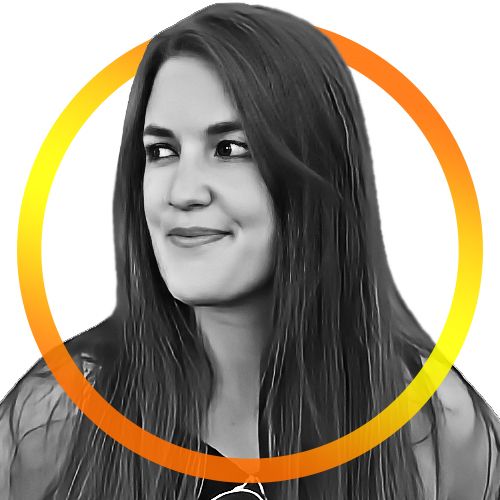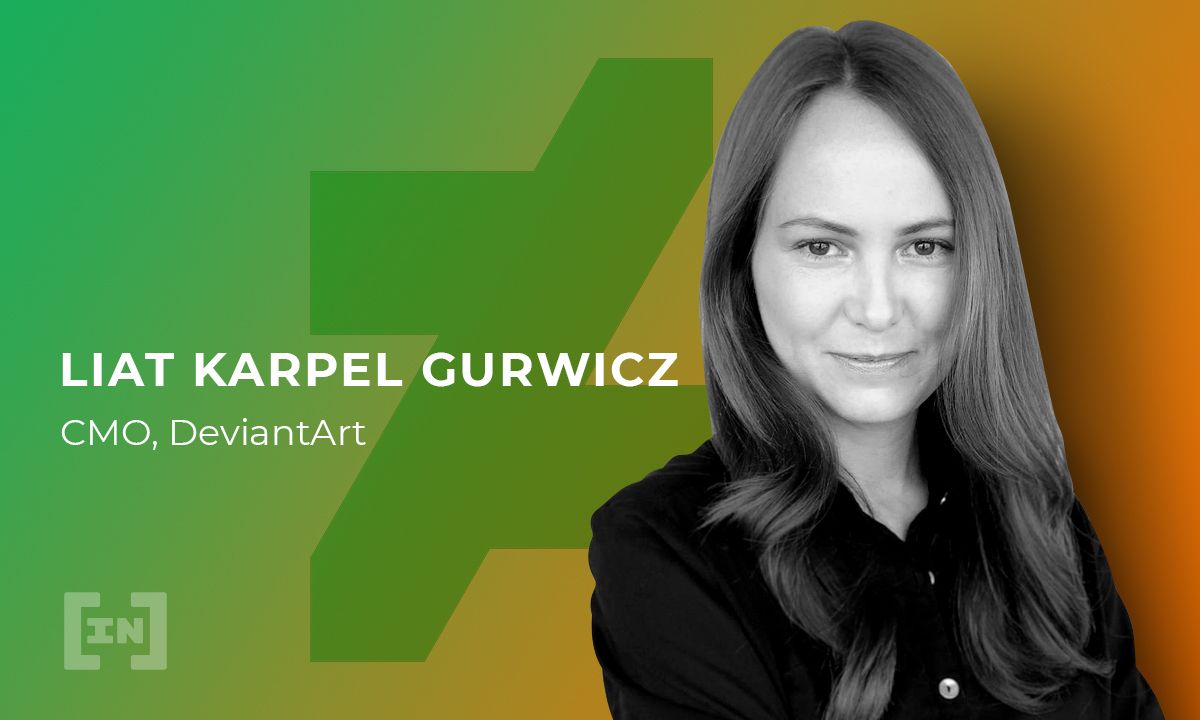BeinCrypto spoke to Liat Karpel Gurwicz, CMO of DeviantArt, about how the platform is using AI technology to protect artists from theft of their non-fungible tokens (NFTs).
The standard complaint from those not participating in NFTs is that they are simple Jpeg’s that can be “copy and pasted” therefore undermining their value.
While this has been thoroughly addressed, and ignored by those trading in the NFT art scene, the fraudulent aspects of NFTs do exist and have consequences for the artists who are being stolen from.
An artist can easily have a piece of art minted into an NFT without their knowledge, only finding out later. This is where DeviantArt has stepped in to protect its artists’ interests.
Focusing in on NFTs
Earlier this year, DeviantArt launched a new tool for artists within its community to feel safer releasing art online.
The original product, DeviantArt Protect, is a one-of-a-kind image recognition software designed to safeguard art.
AI-technology developed by the company can identify new images which appear almost identical to other images on DeviantArt. The system then notifies the original art, signed up with DeviantArt, of the potential infringement.
However, with the ever-ripening NFT space, DeviantArt saw a greater need for their technology. The program is an offshoot from DeviantArt Protect, called DeviantArt Protect NFT.
AI-powered technology sweeps public blockchain operations which involve standard non-fungible token types (ERC721 and ERC1155). In doing so, it can identify any potential art infringement.
Currently, DeviantArt Protect NFTs is the first and only solution with this ability. Other startups in the decentralized space targeted copyright issues that involve NFTs. However, thus far, this solution is the only application to identify already active fraud and alert artists.
For the technology to work best, the company needed collaborators within the crypto space. One of the first collaborations in the fraud prevention project is the world’s leading NFT marketplace, OpenSea.
The collaboration is not on the technology itself. It is part of how technology monitors the public blockchain. Open Sea is one of few collaboratives, which allows for this possibility.
Empowering artists with AI-tech
DeviantArt is the world’s largest online art gallery and community. There are over 65 million artists signed up, with half a billion digital artworks under their watchful eye. This new service covers all registered artists and artworks on their platform.
The platform’s new venture empowers artists to digitize their work with the knowledge it has protection.
“Our goal has always been to support and empower artists, helping them to grow and succeed online. Art theft has been a problem for artists online even before NFTs came around, but by nature of the space and because it’s so new, it’s more of a challenge for artists,” explains Karpel Gurwicz.
She recalls a critical turning point for the team in their NFT journey.
“In February of 2020, a really well-known and loved DeviantArt artist passed away. She had over 100k watchers. After her passing, thieves actually made NFTs of her work and attempted to sell them. That was a very devastating incident for the DeviantArt community, for the artists in the community, as well as for us as a team.”
Already equipped with DeviantArt Protect, the company decided to test the waters in the NFT space.
“When that happened, we felt like we needed to take the technology that we were developing and extend it beyond our own platform. We started testing the same machine learning model that powers the DeviantArt Protect product within our own platform on NFT listings,” she explains.
“The model was able to identify NFTs originating from artwork submitted on DeviantArt, where the vendor wasn’t necessarily the owner of the artwork and alerted for potential art infringement.”
Great success in identifying art infringments
DeviantArt Protect NFTs is currently still in beta trials. However, in the several weeks of its existence, artists on the platform are already seeing results. According to the platform, 86% of detected cases resulted in the successful identification of potential art infringement.
One such artist is Patrick Brown, an Australian artist who also works for Marvel Studios. Brown experienced NFT art fraud with one of his pieces. Otherwise, unaware, the DeviantArt Protect NFT system detected and alerted him.
“DeviantArt contacted me to let me know that DeviantArt Protect NFT had identified my deviation, ‘Predator’ was used to create an NFT. It was a relief to know that this was picked up, and I can now make sure my art is not sold or used without my permission. It’s a really great service and helps a lot,” Brown said.
Karpel Gurwicz sees this new development as “a service artists’ have been waiting for.”
The future of NFTs and Deviant
The NFT craze swooped into the art world and took it by storm. It allows artists the control of their pieces and the monetization thereof. However, as noticed by the DeviantArt community, there are still risks.
As far as DeviantArt and NFTs, Karpel Gurwicz says the platform plans continuous involvement in the space. Especially for ways to grow and help artists navigate the new environment. For now, though, DeviantArt Protect NFTs is the way forward.
“It’s a huge deal for artists and a very big help in the ongoing battle they have to protect their work. I think that we can do more there in the future and we do intend on continuing to develop the technology but it’s already a huge step forward for artists to feel safer and have a tool to protect their art.”
Disclaimer
In compliance with the Trust Project guidelines, this opinion article presents the author’s perspective and may not necessarily reflect the views of BeInCrypto. BeInCrypto remains committed to transparent reporting and upholding the highest standards of journalism. Readers are advised to verify information independently and consult with a professional before making decisions based on this content. Please note that our Terms and Conditions, Privacy Policy, and Disclaimers have been updated.


